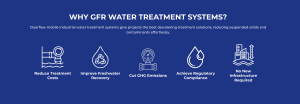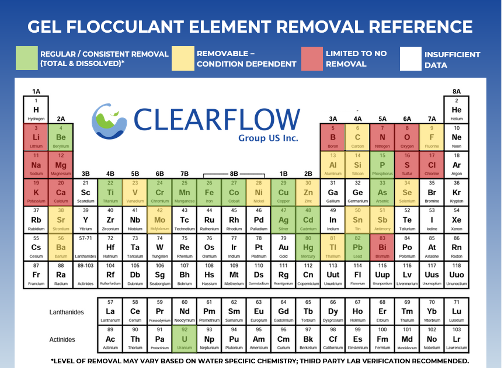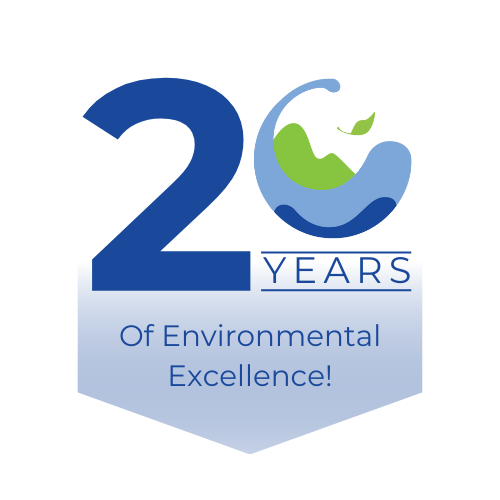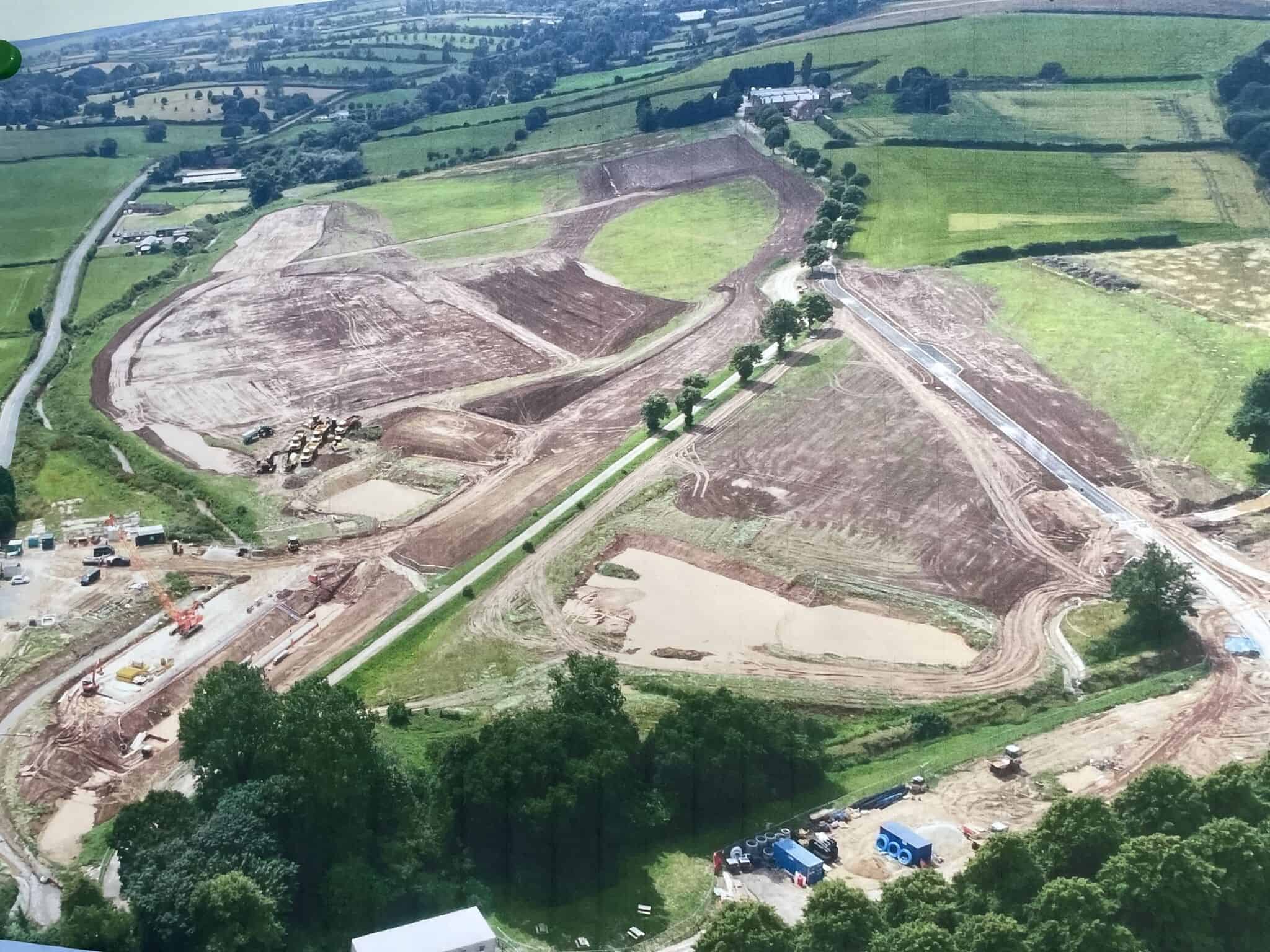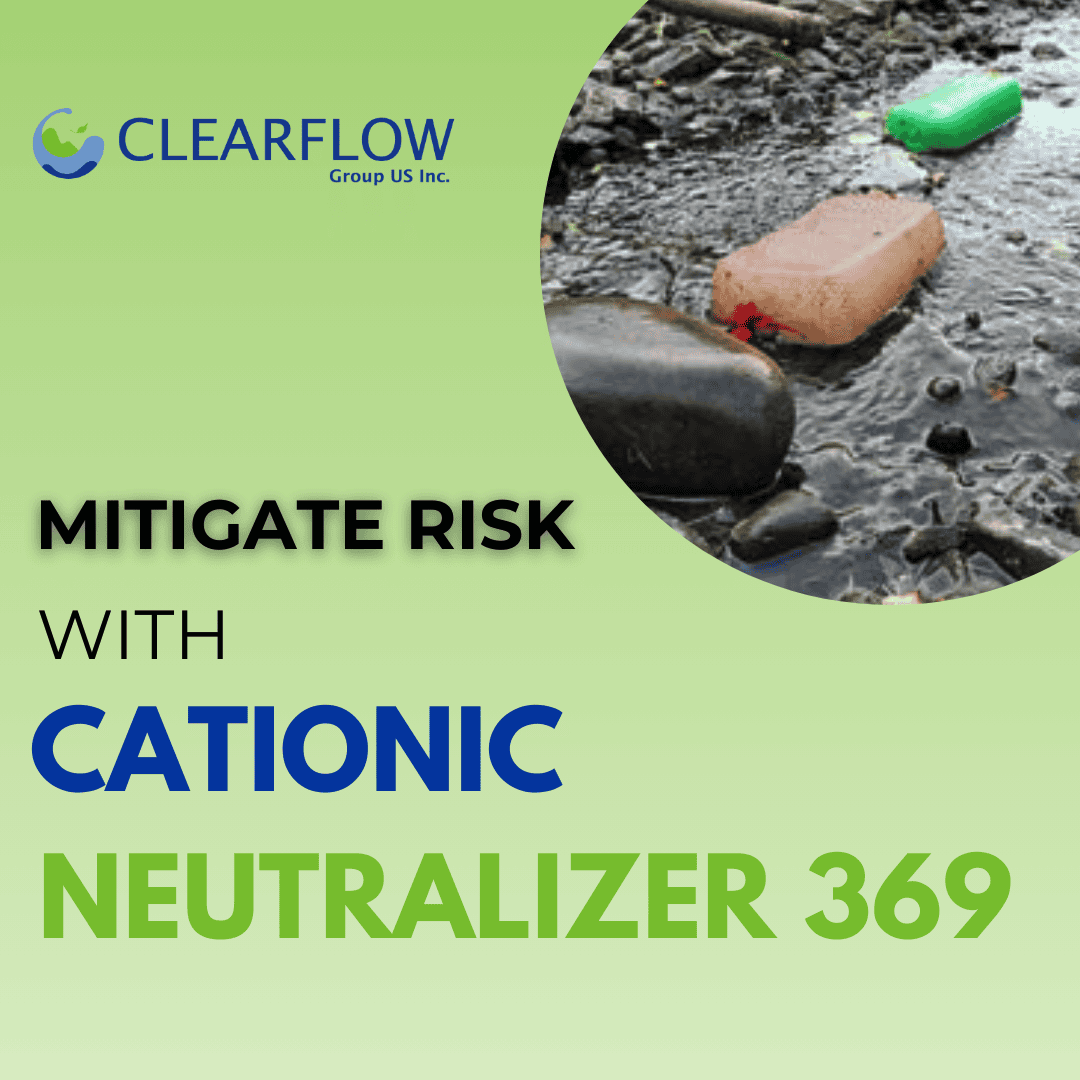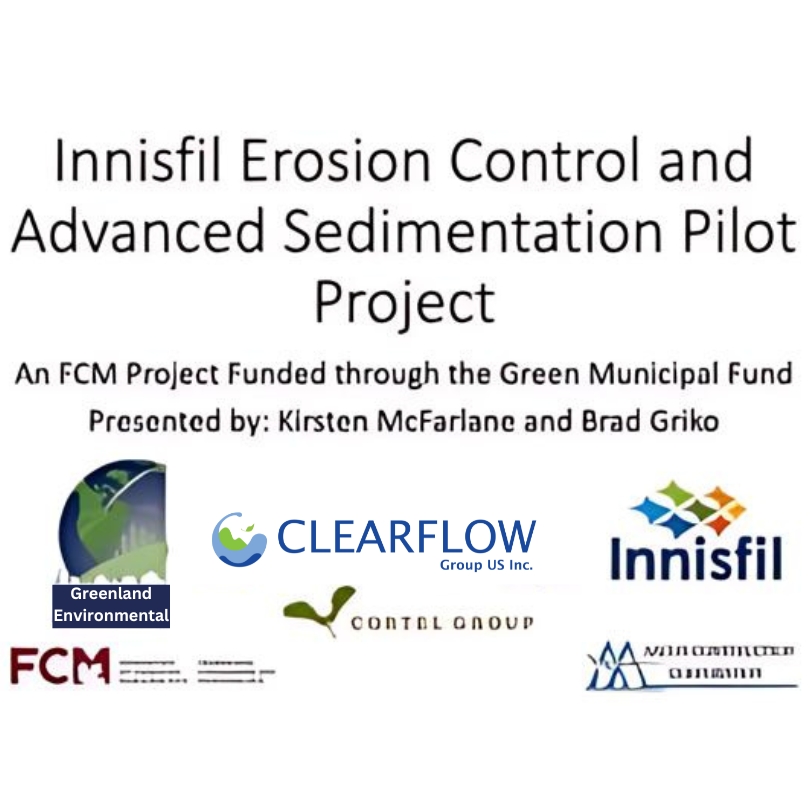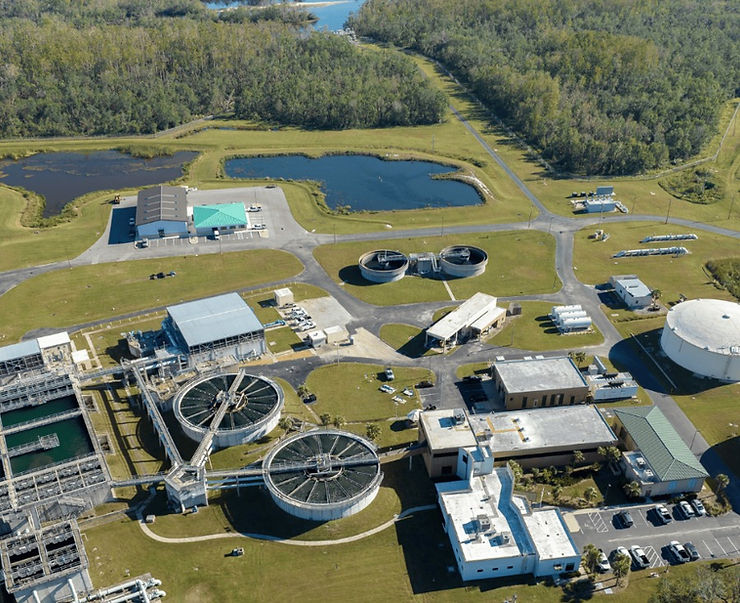How Can Municipalities Enhance Water Management? Effective water management is vital for municipalities to ensure a reliable and safe water supply, protect public health, and promote sustainability.
A solid starting point is developing a comprehensive water management plan that:
- Assess Current Water Uses
- Evaluate how water is currently being used across the municipality to identify inefficiencies and areas for improvement.
- Set Efficiency and Conservation Targets
- Establish clear goals for reducing water consumption and improving water efficiency to guide future initiatives.
- Outline Improvement Programs
- Develop specific projects and initiatives aimed at achieving the established targets, ensuring a proactive approach to water management.
Regular monitoring and maintenance are crucial to ensure storm ponds operate effectively and continue to manage stormwater appropriately. Additionally, municipalities perform cleanouts of storm ponds as part of their preventative maintenance and management programs. The timing for these cleanouts is influenced by:
- Sediment Accumulation Monitoring: Regular inspections and monitoring help identify when sediment levels reach a threshold that requires removal. This proactive approach ensures that sediment does not compromise the pond’s effectiveness.
- Regulatory Compliance: Adhering to regulations or guidelines that specify cleanout intervals helps maintain environmental standards and avoid potential penalties.
- Seasonal Planning: Scheduling cleanouts before or after peak rainfall periods helps manage sediment and prepare the pond for heavy flow events, reducing the risk of overflow and maintaining performance.
- Performance Assessments: Routine evaluations of pond function help detect issues like reduced water retention or erosion, prompting timely cleanouts to address any operational problems.
- Maintenance Schedules: Incorporating cleanouts into a regular maintenance plan ensures that storm ponds are consistently managed, preventing potential issues and extending the lifespan of the infrastructure.
What are some strategies municipalities can adopt to improve their water management practices?
Utilize Existing Infrastructure with Innovative Treatment Solutions
Traditionally, municipalities have improved water treatment by upgrading to expensive systems or infrastructure. Advanced membrane technologies, such as micro-filtration, ultrafiltration, reverse osmosis, and membrane bioreactors, offer benefits but often come with high costs, larger physical, maintenance and carbon footprints. What if municipalities could enhance water quality without the need for costly upgrades? Instead, optimize and innovate within their existing infrastructure.
Retrofit Water and Wastewater Treatment Infrastructure
Clearflow Group offers solutions for stormwater treatment that maximize the efficiency of current water treatment systems, providing municipalities with cost-effective and sustainable alternatives. By implementing cutting-edge practical treatments and operational strategies, municipalities can achieve improved water quality and environmental benefits without the need for extensive infrastructure investments.
Ensure Regulatory Compliance and Sustainability
Installing Clearflow Gel Flocculant blocks in existing infrastructure improves water quality. When used upstream of stormwater ponds, Clearflow gel flocculant products accelerate sedimentation. This ensures that sediments are captured and settled out before they enter the main pond, resulting in improved sediment control and reduced dissemination. The combination of Clearflow products and sediment basins leads to lower cleanout costs and more efficient maintenance.
GFR Water Treatment Systems for Pond Circulation and Dewatering
Other Clearflow Water Clarification Products:
Protect soil surfaces from shear and washouts, enhance soil stability, and prevent erosion effectively.
Silt Mats are used to collect sediments in channels downstream of earth moving or sediment disturbance activities. The mat position is important for delivering the most benefit and is best placed in areas of natural deposition where water energy is reduced. Clearflow Silt Collection Mats capture over 40kg of sediment per mat.
Use Clearflow Treated Soil Stabilization Fabric as an erosion inhibitor on surrounding slopes, reducing the potential for surface erosion. A screening process that prevents fine particulates from entering the stream and collecting those particulates already in the stream. As a final polishing agent, collect the fines still in suspension after primary treatment..
Soil solidification used to be costly and time-consuming. Traditional products added volume and weight increasing the number of trucks loads and creating higher transportation and dumping costs. Lynx Ultra Bind replaces sawdust, peat moss, straw, and other adsorbents. Once the pond has been sufficiently dewatered, Clearflow Ultra Bind powder can be added to the remaining mud to tackify the sediment for easy removal. This material can potentially be re-used for revegetation further saving money and resources.
By adopting these strategies, municipalities can enhance their water and wastewater management systems, guaranteeing a steady supply of clean water, safeguarding public health, and supporting long-term environmental sustainability.
Clearflow Group offers innovative water management products and solutions tailored for municipalities. With our extensive industry expertise utilizing infrastructure, and cutting-edge technologies, we’ve been helping municipalities optimize their water systems for over 20 years pave the way for a sustainable future. Reach out to our specialists to explore solutions for your city’s water, and wastewater challenges.



